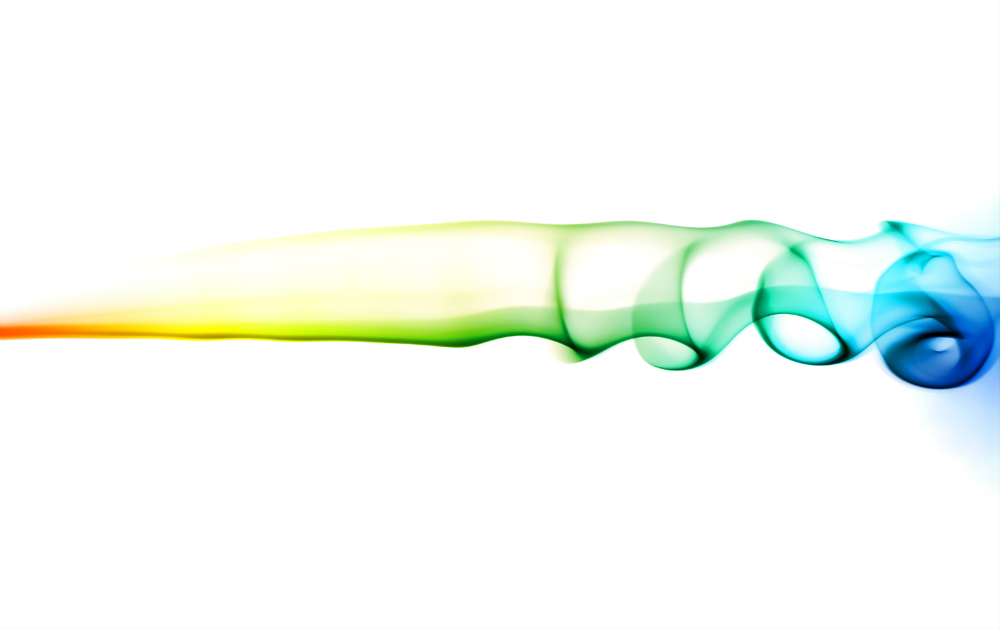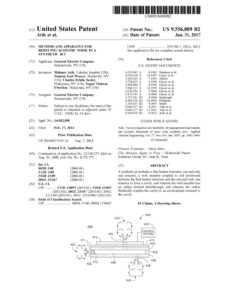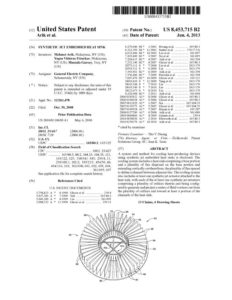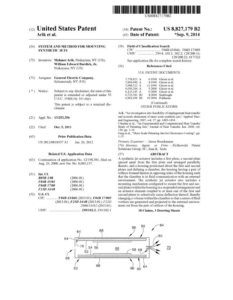Synthetic Jet Cooling
Synthetic jets are ultra-thin cooling devices that offer substantial benefits over the fans that are typically incorporated within high temperature electronics equipment. The general construction of a typical synthetic jet includes piezoelectric actuators attached to flexible membranes that flank an air cavity. A small electrical current is applied to the actuators causing the membranes to vibrate in a manner that pulls and pushes air through an orifice located in the synthetic jet. The high velocity jet of air that is expelled through the orifice provides highly efficient cooling by disrupting the thermal boundary layer adjacent a component to be cooled. Because synthetic jets do not include any moving mechanical parts, they offer a much higher degree of reliability than the typical fans.
The attorneys at ZPS leverage their extensive backgrounds in heat transfer, mechanical engineer, and electrical engineering to assist their clients in maintaining a large portfolio of patents directed to synthetic jet technologies.




